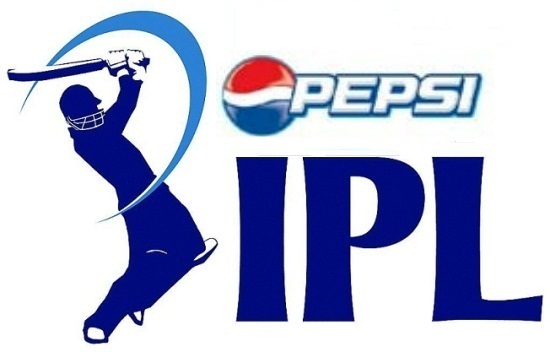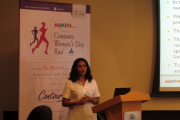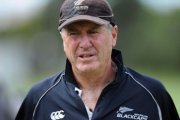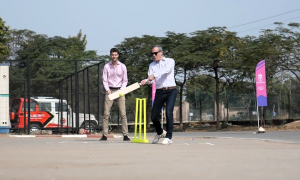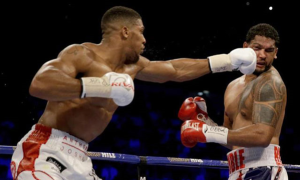The concept of multiple home venues has prompted BCCI to revisit their IPL revenue model and to bring about some changes in the agreement with the franchises. Usually the teams ‘adopt’ a second home venue to maximise revenues and expand fan base. This means that certain teams are able to capitalise more in terms of financial revenues than others. This is proving to be an undue advantage for certain teams which the BCCI is considering to level out.
In the recent season, Delhi Daredevils have shifted partly to Raipur, Kings XI Punjab have adopted Pune as their second base while Rajasthan Royals are playing home games at Mumbai and Ahmedabad. This means that the other lesser valued franchises are losing out on revenues at these stadiums while the bigger teams are eating double the share of the pie.
BCCI’s logic of introducing city based teams was based on valuations and comparative revenue potentials. For example: Mumbai Indians was the most expensive team at about $112 million due to expectations of higher fan base and more sponsorships. Rajasthan Royals in comparison was valued at $67 million while Kings XI Punjab at $76 million. However, now with the dual home system of the IPL, this logic has gone for a toss. It has become more complex, unpredictable and biased towards the teams with two home venues.
Kings XI Punjab made more money than they would have made originally from ticket sales in their two venues currently than they would have made originally at Mohali. Reports indicate that the team made roughly INR 10 crore from ticket sales in Pune from just three games as compared to highest ever recorded sale at Mohali of INR 1.4 crore. Pune is closer to Mumbai; the people there are more interested in cricket and are willing to pay extra for the tickets. The capacity of the Pune ground is approximately 12,000 more than the ground at Mohali. The team has taken advantage of these to increase their revenue and also their fan base immensely.
Rajasthan Royals is another team who has benefited massively from this strategy. Their new home ground at Motera, Ahmedabad has a capacity of 48,000 people as compared to their original home ground of Jaipur which had a capacity of only 23,000. The team has also played home matches in the Brabourne stadium in Mumbai which has helped them generate huge revenues and increase their fan base.
More revenue means better players. So now, these teams could bid higher than earlier for better players. This would mean that the financial power would be concentrated within certain teams while the others would be losing out.
While only some teams have benefited from this, many others have not been able to capitalise. This uneven distribution of revenue is disturbing the owners of the franchises. Most of the teams are looking to shift to the big cities as they have more potential for revenue generation. The target audience has also been the youth who are living in these cities and can spend freely on the matches.
BCCI is looking to streamline this uneven distribution of the revenues. In a way this is good for the teams as there was a lot of complaint earlier regarding poor revenue model. Teams lost sponsorships due to low viewership and poor fan base. BCCI understands that the current trend curbs those problems however they are focused on the even distribution of the revenues amongst all the teams.
BCCI is also looking at other IPL events in South Africa, England and UAE to adopt similar revenue models. We can only wait and watch as the think tank of the BCCI works to resolve this issue.
Tags: BCCI, Delhi Daredevils, Indian Premier League, IPL, IPL 2015, IPL 8, Kings XI Punjab, Pepsi IPL, Rajasthan Royals, Revenue Model, Sport, Sports

